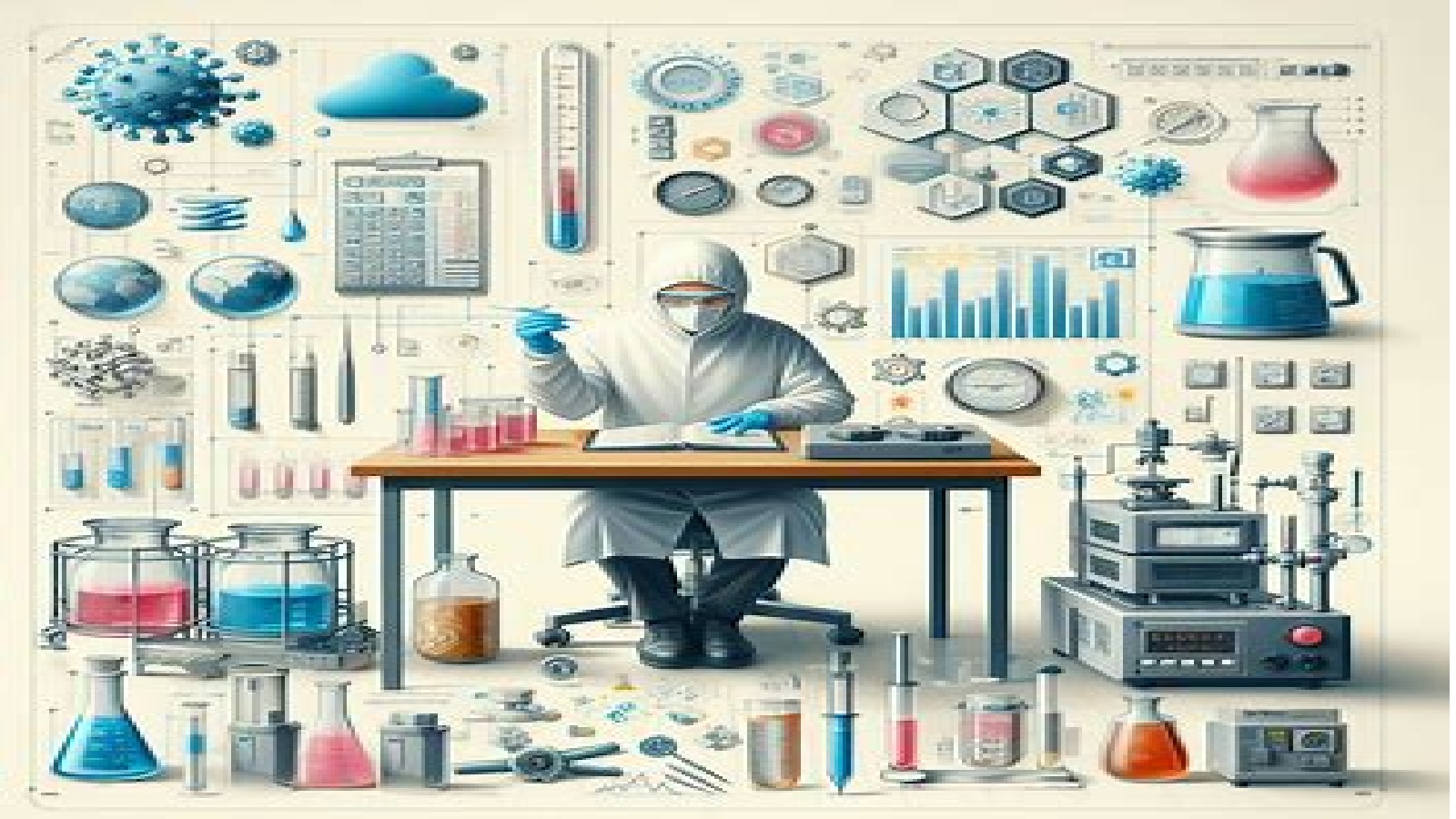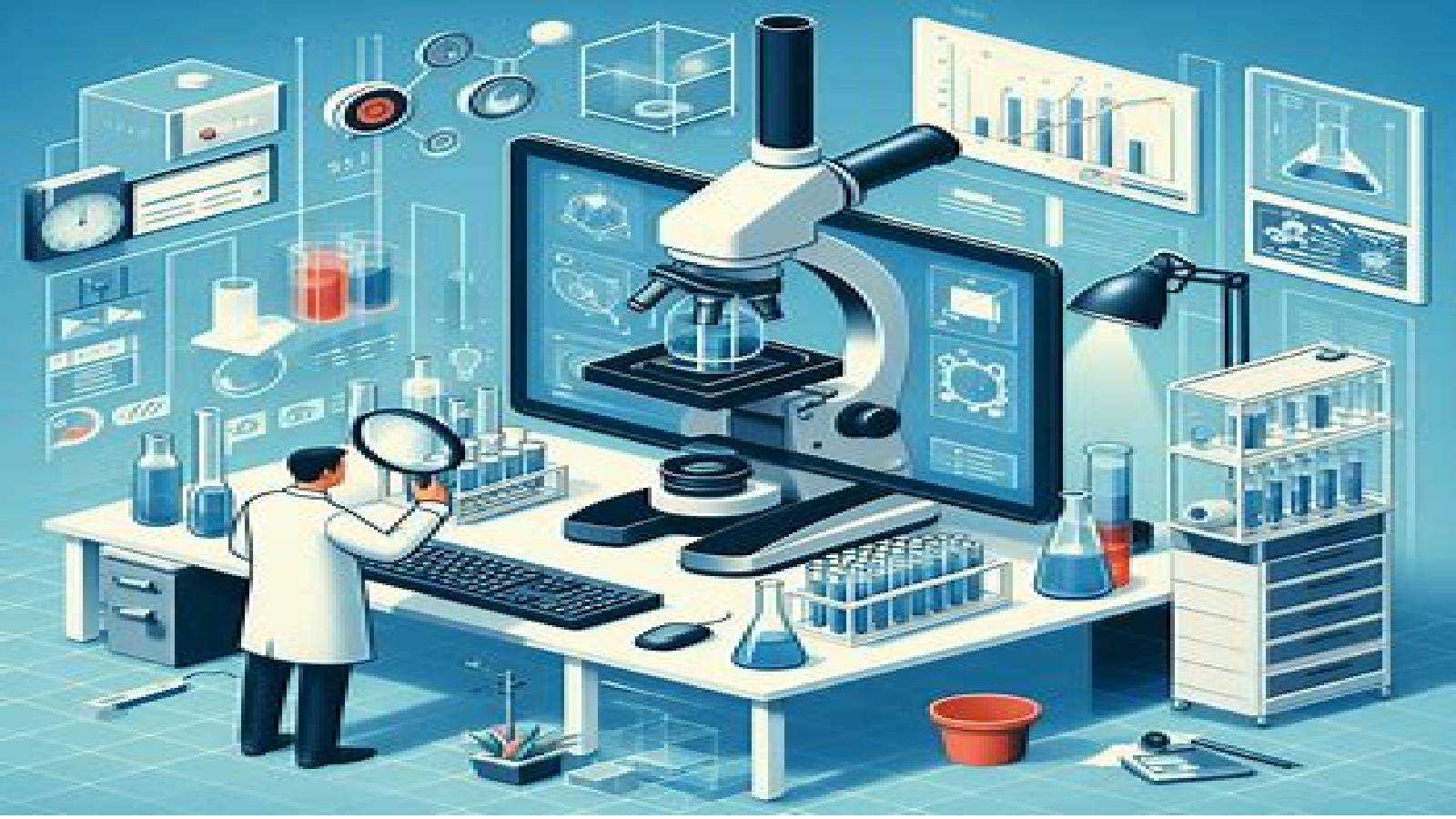1. Introduction
1.1 Purpose
This Standard Operating Procedure (SOP) outlines the process for handling returned goods to ensure consistency, efficiency, and compliance with company policies and relevant regulations.
1.2 Scope
This SOP applies to all employees involved in the return process, including customer service representatives, warehouse staff, and inventory management personnel.
1.3 Definitions
- Return Authorization (RA): A document or electronic form that authorizes the return of goods.
- Returned Merchandise Authorization (RMA): Another term for Return Authorization.
- Defective Goods: Items that are damaged or not functioning as intended.
- Non-defective Goods: Items returned for reasons other than defect, such as customer dissatisfaction.
2. Return Authorization Process
2.1 Initiating a Return
- Customer Request: Customers must contact customer service to initiate a return.
- Verification: Customer service verifies the purchase and the reason for the return.
- Issuance of RA/RMA: If the return is approved, customer service issues a RA/RMA number and provides return instructions.
2.2 Criteria for Return Approval
- Timeframe: Returns must be requested within 30 days of purchase.
- Condition: Goods must be in original packaging and condition unless defective.
- Proof of Purchase: A receipt or order confirmation is required.
3. Receiving Returned Goods
3.1 Initial Inspection
- Verification: Warehouse staff verify the RA/RMA number and ensure the return is authorized.
- Condition Check: Inspect the condition of the returned goods and categorize them as defective or non-defective.
3.2 Documentation
- Return Log: Record the return in the return log, noting the RA/RMA number, date, customer details, and condition of the goods.
- Inspection Report: Complete an inspection report for defective items, detailing the nature of the defect.
4. Processing Returns
4.1 Non-defective Goods
- Restocking: Non-defective goods in resaleable condition are restocked in inventory.
- Refund/Exchange: Process the customer’s refund or exchange according to company policy.
4.2 Defective Goods
- Repair/Replacement: Determine if the item can be repaired or replaced.
- Disposal: If the item cannot be repaired or replaced, follow proper disposal procedures.
- Supplier Returns: Return defective items to the supplier if applicable, following supplier guidelines.
5. Inventory Management
5.1 Updating Records
- Inventory Adjustment: Update inventory records to reflect the return and restocking or disposal of items.
- Cycle Counts: Include returned goods in regular cycle counts to ensure inventory accuracy.
5.2 Reporting
- Return Analysis: Generate and review reports on returns to identify trends and areas for improvement.
- Feedback Loop: Provide feedback to relevant departments (e.g., quality control, purchasing) based on return analysis.
6. Customer Communication
6.1 Acknowledgment
- Confirmation: Send the customer a confirmation email once the return is received and inspected.
- Follow-up: Inform the customer of the status of their return, including any refund or replacement details.
6.2 Resolution
- Timely Processing: Ensure all returns are processed within 7 business days of receipt.
- Customer Satisfaction: Address any customer concerns or disputes promptly to maintain satisfaction.
7. Compliance and Training
7.1 Regulatory Compliance
- Legal Requirements: Ensure all return processes comply with relevant local and international laws and regulations.
- Record Keeping: Maintain records of all returns for a minimum of 2 years or as required by law.
7.2 Staff Training
- Training Programs: Conduct regular training sessions for all staff involved in the return process.
- Procedure Updates: Update training materials and SOPs regularly to reflect changes in policy or procedure.
8. Continuous Improvement
8.1 Feedback Collection
- Customer Feedback: Collect and analyze customer feedback on the return process.
- Internal Feedback: Encourage staff to provide suggestions for improving return handling procedures.
8.2 Process Review
- Regular Audits: Conduct regular audits of the return process to identify inefficiencies or non-compliance.
- SOP Revisions: Revise this SOP as needed based on audit findings and feedback.
9. Conclusion
9.1 Summary
This SOP provides a comprehensive framework for handling returned goods efficiently and effectively, ensuring customer satisfaction and regulatory compliance.
9.2 Contact Information
For any questions or further information, employees should contact the Quality Assurance Manager or the Customer Service Supervisor.
- For more articles, Kindly Click here.
- For pharmaceutical jobs, follow us on LinkedIn
- For Editable SOPs in word format contact us on info@pharmaceuticalcarrier.com
- For more information kindly follow us on pharmaguidelines.co.uk










